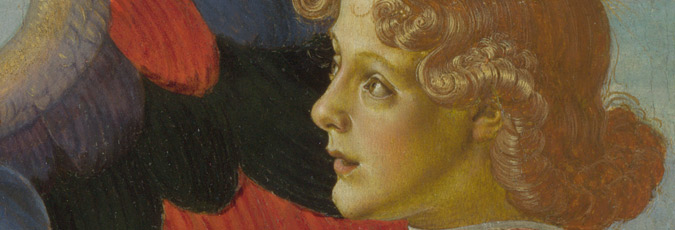Pie Corbett, writer and educationalist, has suggestions to help your class use a painting for storytelling.
Begin by selecting a painting based on a story that you think will appeal. For many children, starting with an image has the advantage of the story immediately beginning to grow in the child's mind. Start by asking the children to respond and explore the painting (see Reading Paintings).
Discuss, develop and dramatise ideas, loitering with the picture. This initial imaginative 'reading' will begin to stir up fragments of stories and possibilities as well as help children become intimate with the painting.
Getting to know the story
Read or tell the story to the children a number of times. Work with the tale, so that the class inhabit the world of the story through a range of creative activities. These should deepen children's appreciation and understanding. You might:
- Dramatise parts of the story and perform
- Draw a cartoon version or story map. Display this on a long roll of wallpaper – this should use pictograms to show the key events
- Discuss aspects of the story that children find curious
- Make models, paint and draw scenes
- Make masks for characters, use props and dressing-up clothes
- Gather artefacts and create a 'story museum' to represent the key scenes
- Create story boxes with artefacts from the tale
- Use shoe boxes to build mini dioramas depicting key scenes
- Enact the story with puppets for other children
- Create freeze-frames, role plays and hot-seat characters
- Work in role as journalists or TV interviewers
- Send characters with problems to agony aunts
- Gather quotes and observations to create a large poster about a character
- Use speech bubbles to show what characters think at different points in the story
- In role, write diary entries, messages and letters as well as newspaper articles about events
- Use digital cameras to create mini films of scenes or cartoon versions
- Compose music or dances to portray scenes
- Design a TV advert for the story
- Explore the National Gallery website to discover more about the painting and the story's origins

